By Jessi Arita and Marco T. Medina, FAAN, FEAN
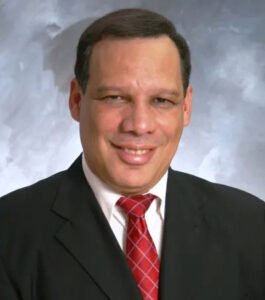
MARCO T. MEDINA
Latin America joined the World Federation of Neurology (WFN) and the Pan-American Federation of Neurological Societies (PAFNS) on the celebration of the World Brain Day 2022, which took place every July 22, with the purpose of sharing information and optimizing brain health, creating awareness on the prevalence of brain disorders, and reducing the global burden of neurological disorders.
The World Brain Day was promoted through webinars, social media posts, graphics, and journalistic articles about the proclamation of the World Brain Day, promotion of brain health, and functions of the brain.
México, Cuba, Honduras, Perú, Argentina, and Uruguay, among other countries, as well as academic institutions such as the National University of Córdoba, Argentina, and National Autonomous University of Honduras (UNAH), Honduras, contributed in creating attention on non-communicable neurological diseases, that according to the Brain Health Initiative WFN, represent 6.3% of all global disability, including stroke, migraine, tension-type headache, Alzheimer´s disease, dementia, Parkinson´s disease, epilepsy, multiple sclerosis, and motor-neuron diseases.
The faculty of Medical Sciences of the National University of Córdoba remembered the day as a chance to carry out campaigns so that society is aware of brain disease and on how the WFN took the initiative to give importance to brain health.
The official newspaper of the National Autonomous University of Honduras (UNAH), Presencia Universitaria, through the article “UNAH and PAFNS invite to the World Brain Day,” motivated the university community to the World Brain Day and to the webinar “Brain Health for All,” featuring Prof. Wolfgang Grisold, WFN president, Prof. David Dodick, WFN co-chair, Prof. Tissa Wijeratne, WFN co-chair, and Dr. Tarun Dua, medical officer of the Brain Health Unit, the World Health Organization.
It encouraged the sharing of WFN posts, messages, and videos with friends and colleagues; partnering with local neurological societies and organizations to promote such activities, and the use of free educational resources to lead World Brain Day campaigns.
Likewise, the newspaper socialized that through the editorial “Brain health as a global priority,” view from WHO: Editorial from the World Federation of Neurology in the Journal of the Neurological Sciences, the WFN shared support for the concepts that the brain is the mediator of all human action and experience, and that neurology requires a multidisciplinary approach with a person-centered approach.
Presencia Universitaria also informed that through a correspondence letter published in The Lancet Neurology “Brain health for all on World Brain Day 2022,” WFN members invited readers to participate
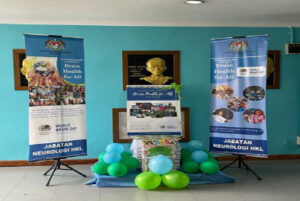
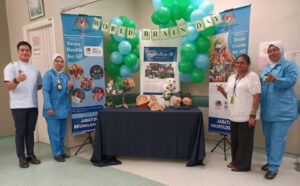
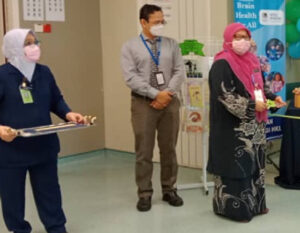
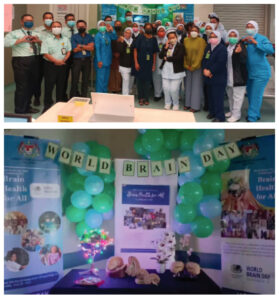
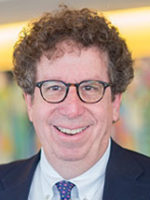
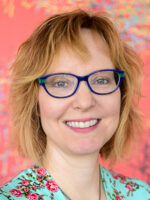
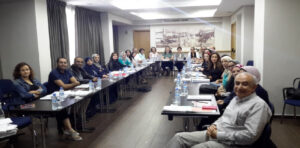 The WFN/AAN Continuum program for low- and lower-middle-income countries occurs through the generous donation of 400 print copies of each issue of Continuum from the AAN and its publisher, Wolters-Kluwer, while also providing online access to issues. The program allows access for continuing education and self-assessment, point-of-care use, as well as use in Continuum user groups where the content is used as the basis for joint educational activities. Now being distributed to 49 countries worldwide, this important educational resource has been integral in the education and continued education for neurologists worldwide. Continuum user groups have included in-person and (increasingly) virtual meetings, using the material in each issue as a source of content for presentations and group discussions.
The WFN/AAN Continuum program for low- and lower-middle-income countries occurs through the generous donation of 400 print copies of each issue of Continuum from the AAN and its publisher, Wolters-Kluwer, while also providing online access to issues. The program allows access for continuing education and self-assessment, point-of-care use, as well as use in Continuum user groups where the content is used as the basis for joint educational activities. Now being distributed to 49 countries worldwide, this important educational resource has been integral in the education and continued education for neurologists worldwide. Continuum user groups have included in-person and (increasingly) virtual meetings, using the material in each issue as a source of content for presentations and group discussions.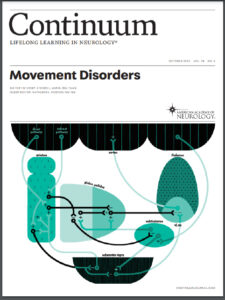 Given the importance of Continuum in worldwide neurology education, and in particular the continued education of neurologists in low- and lower-middle-income countries, the WFN has now created a Continuum subcommittee of the Education Committee, consisting of members from the AAN Continuum editorial office and members of the WFN executive leadership. This will enable enhanced mutual collaboration to continue to optimize the program’s evolution for the purpose of ensuring that this vital resource is available and utilized as optimally as possible globally.
Given the importance of Continuum in worldwide neurology education, and in particular the continued education of neurologists in low- and lower-middle-income countries, the WFN has now created a Continuum subcommittee of the Education Committee, consisting of members from the AAN Continuum editorial office and members of the WFN executive leadership. This will enable enhanced mutual collaboration to continue to optimize the program’s evolution for the purpose of ensuring that this vital resource is available and utilized as optimally as possible globally.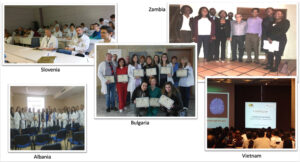 Continuum is committed to diversity, including within its editorial board as well as in the selection of guest editors and in the selection of content experts to write articles for each issue. All authors for Continuum are instructed to include relevant information in each article about health care inequities and disparities and some issues have even begun to incorporate entire articles devoted to this critically important topic1.
Continuum is committed to diversity, including within its editorial board as well as in the selection of guest editors and in the selection of content experts to write articles for each issue. All authors for Continuum are instructed to include relevant information in each article about health care inequities and disparities and some issues have even begun to incorporate entire articles devoted to this critically important topic1.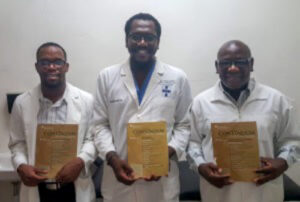 We are pleased that this vital resource has been so well received and used by so many neurologists (and trainees) worldwide. We look forward to continuing to provide this important educational journal to neurologists in low- and lower-middle-income countries and look forward to hearing from neurologists to learn of any ways that we can enhance this program for the goal of providing the most up-to-date information to neurologists throughout the world. •
We are pleased that this vital resource has been so well received and used by so many neurologists (and trainees) worldwide. We look forward to continuing to provide this important educational journal to neurologists in low- and lower-middle-income countries and look forward to hearing from neurologists to learn of any ways that we can enhance this program for the goal of providing the most up-to-date information to neurologists throughout the world. •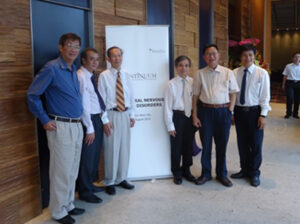 Steven Lewis is acting secretary general of the WFN, editor-in-chief of Continuum: Lifelong Learning in Neurology, and editor of World Neurology. Andrea Weiss is executive editor for Education and News Publications for the AAN.
Steven Lewis is acting secretary general of the WFN, editor-in-chief of Continuum: Lifelong Learning in Neurology, and editor of World Neurology. Andrea Weiss is executive editor for Education and News Publications for the AAN.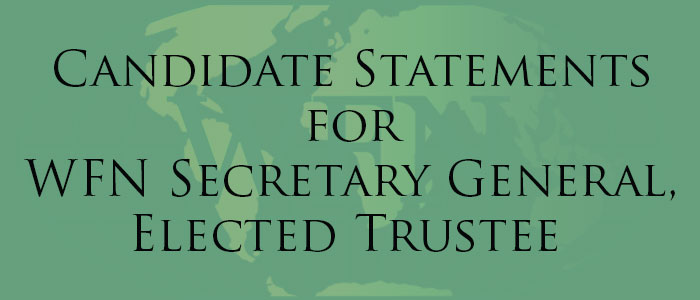
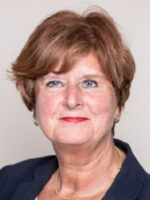
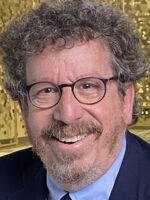
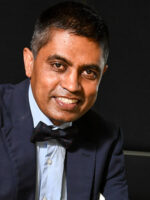
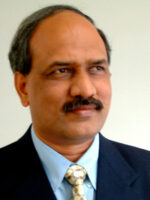
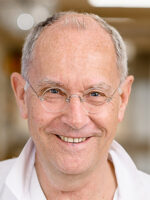
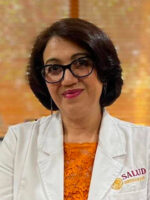
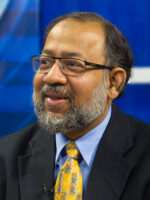
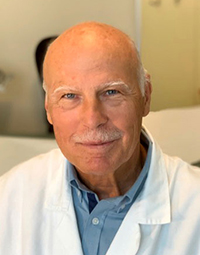
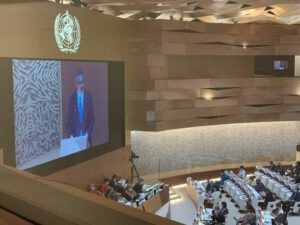
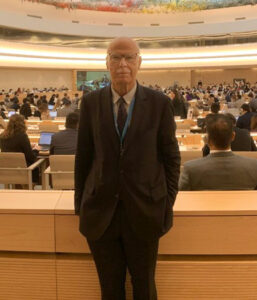
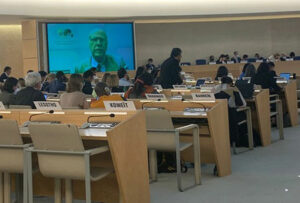
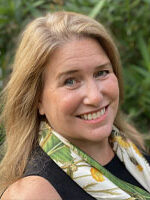
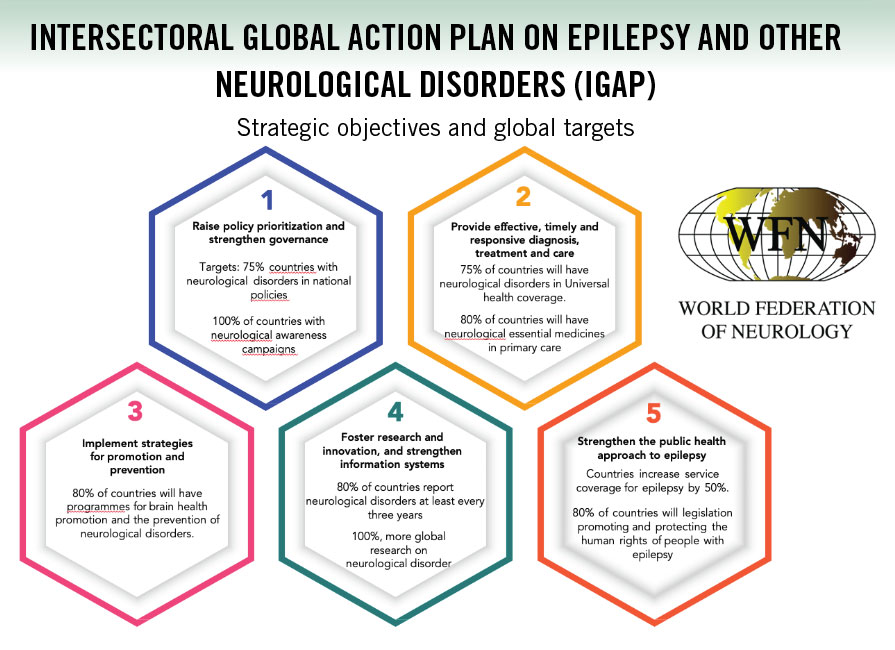
 Learn more about World Brain Day on July 22.
Learn more about World Brain Day on July 22.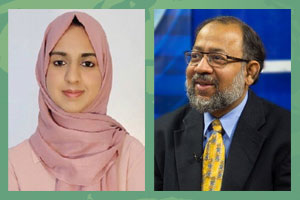
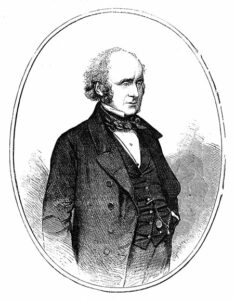
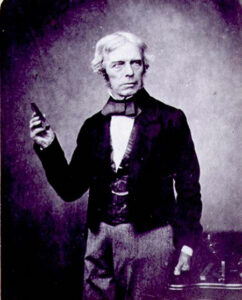
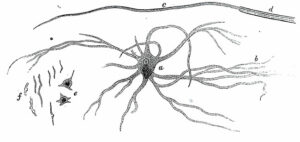
 In March, the Nominating Committee of the WFN invited nominations for the positions of:
In March, the Nominating Committee of the WFN invited nominations for the positions of: